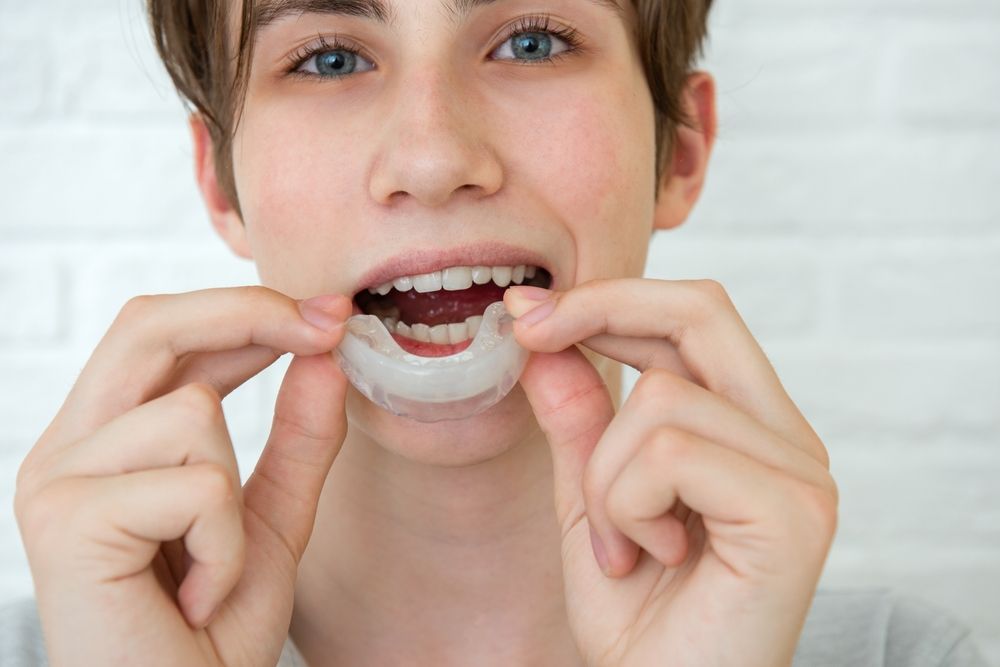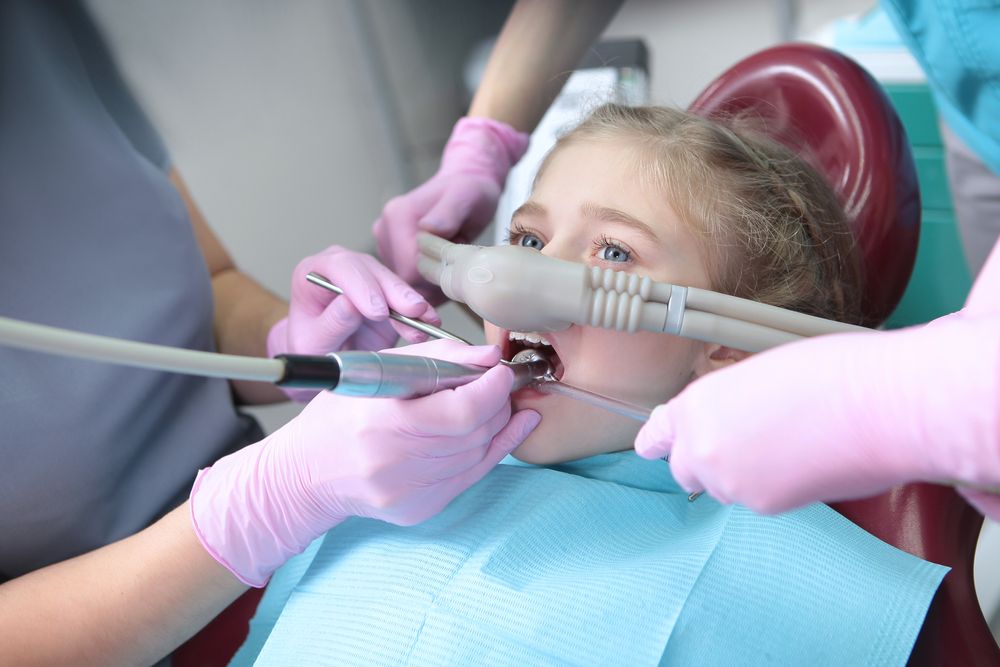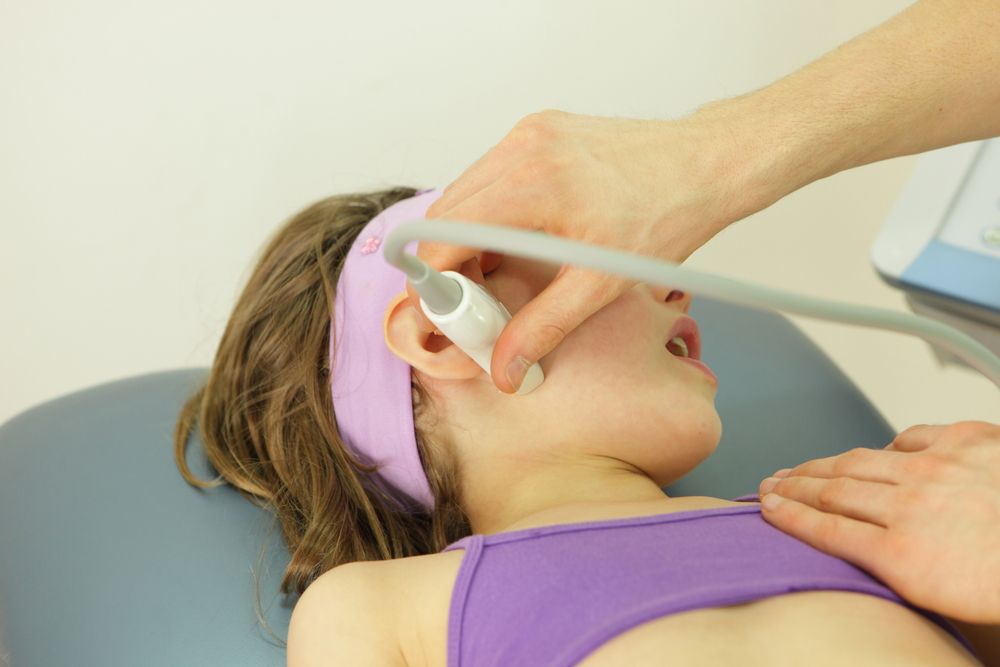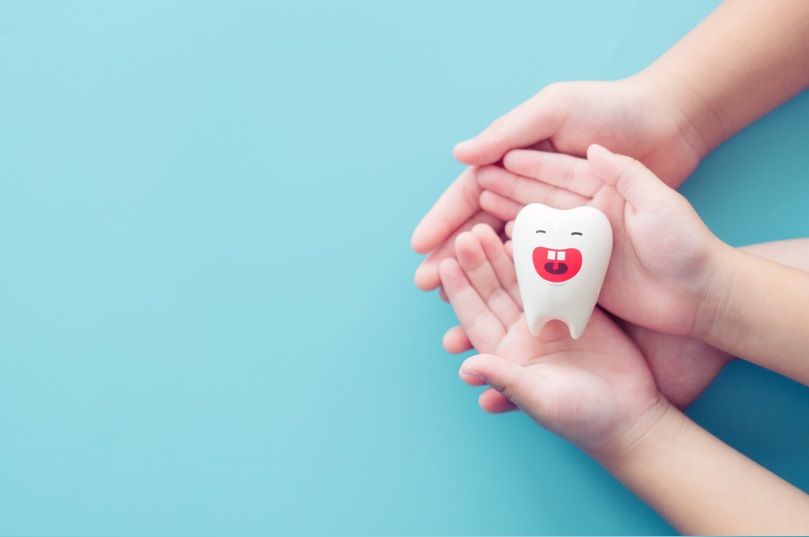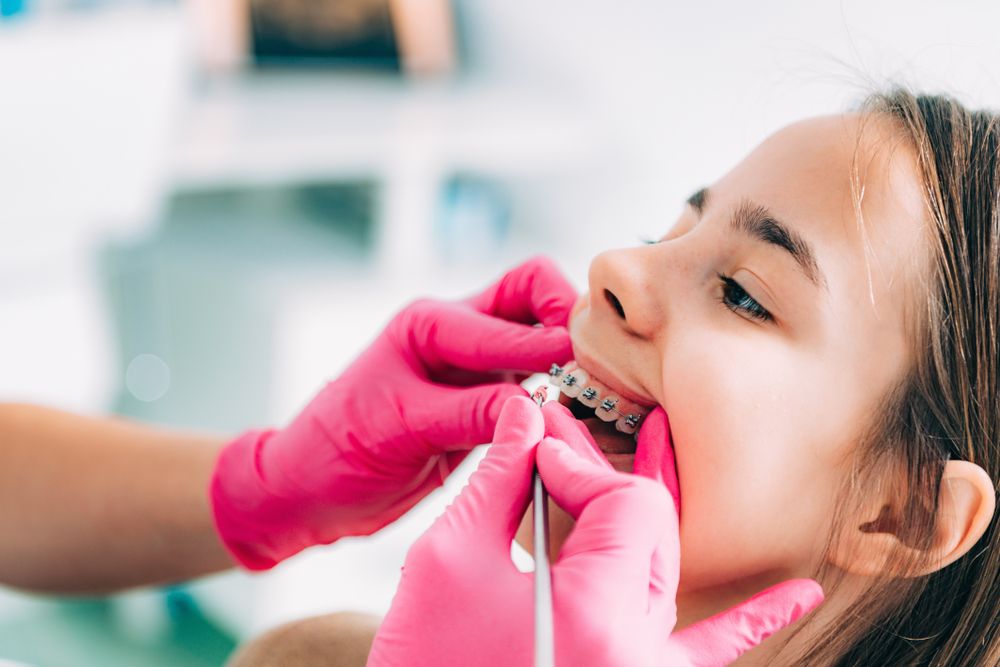Active play and sports are essential for children’s physical, emotional, and social development, but they also introduce a higher risk of dental injuries. At Dentistry for Children and Young Adults in San Jose, CA, parents often express concern about how to keep their children’s smiles safe while participating in athletic activities. Whether it’s a competitive soccer game, a casual bike ride, or a gymnastics class, understanding how sports impact oral health and what preventive measures can be taken is crucial to ensuring lifelong dental wellness.
Understanding the Risks Sports Pose to Children’s Teeth
Children’s enthusiasm during sports can sometimes lead to accidental bumps, falls, or collisions that put their teeth at risk. Contact sports like football, basketball, and hockey are especially known for dental injuries, but even non-contact activities such as gymnastics or skateboarding can pose hazards. The most common injuries include chipped or fractured teeth, dislodged teeth, and soft tissue injuries to the lips, cheeks, and gums.
In addition to trauma, dehydration during intense play can reduce saliva production, which is vital for neutralizing acids and protecting enamel. Prolonged exposure to sports drinks, which often contain high levels of sugar and acid, can also increase the risk of tooth decay. Parents and young athletes should be aware of how their hydration choices impact dental health as much as their energy levels.
When dental injuries occur, prompt attention is essential. Early intervention can often save a damaged tooth or prevent further complications. The best strategy, however, is prevention—understanding how to protect children’s teeth before injuries happen.
The Importance of Mouthguards and Protective Gear
One of the most effective ways to protect a child’s teeth during sports is through the consistent use of mouthguards. These devices act as a cushion, absorbing and redistributing the force from impacts to reduce the risk of fractures or dislodged teeth. While they are often associated with contact sports, mouthguards are beneficial for a wide variety of activities where accidental falls or collisions are possible.
Parents should ensure that their child’s mouthguard fits comfortably, stays in place, and allows easy breathing and speaking. Poorly fitting mouthguards can cause discomfort and may discourage consistent use. Mouthguards come in several types, including pre-formed (stock), boil-and-bite, and custom-fitted models. Each has varying levels of protection and comfort, but what matters most is consistent wear whenever children engage in physical play.
In addition to mouthguards, other protective gear can contribute to overall oral safety. Helmets, face shields, and full-face guards can help minimize the risk of facial trauma. Teaching children the importance of wearing safety gear not only protects their teeth but also encourages responsible habits that promote injury prevention across all areas of play.
Encouraging Healthy Hydration and Nutrition Choices
While the focus on sports safety often centers around protective gear, what children consume during games and practices also plays a significant role in their dental health. Many sports drinks marketed for hydration and energy contain sugars and acids that erode enamel and contribute to cavities. Although these beverages can be appealing, especially after long workouts, plain water remains the best choice for maintaining both hydration and oral health.
Parents can teach children to check labels and choose low-sugar or sugar-free alternatives. Snacks should also support dental wellness—fresh fruits, vegetables, and dairy products provide nutrients that strengthen teeth and gums. Timing is another key factor: encouraging children to rinse with water or brush after consuming acidic or sugary drinks can help neutralize harmful acids.
By building awareness around these habits early, parents can help their young athletes maintain not just strong bodies, but also resilient, healthy smiles that last long after the final whistle.
Building a Culture of Safety and Awareness
Protecting children’s teeth during sports isn’t only about equipment and nutrition—it’s about creating a culture that values safety and preparation. Coaches, parents, and teammates all play important roles in promoting awareness of dental health. Before the season begins, parents can talk to coaches about safety guidelines, ensure emergency contact information is updated, and confirm that first-aid supplies include essentials for managing dental injuries.
Regular conversations about safety remind children that protecting their teeth is part of good sportsmanship and self-care. Simple actions like double-checking mouthguards before every game or setting reminders to drink water can make a lasting difference. By promoting consistent habits and fostering a supportive environment, families can help children enjoy the excitement of sports while minimizing the risk of injury.
At Dentistry for Children and Young Adults in San Jose, CA, we believe that with the right education and preventive care, every young athlete can stay active, confident, and protected—both on and off the field.
Resources
American Academy of Pediatric Dentistry. (2023). Policy on Prevention of Sports-Related Orofacial Injuries. Pediatric Dentistry Journal.
Knapik, J. J., Marshall, S. W., Lee, R. B., & Alvar, B. A. (2007). Mouthguards in Sport Activities: History, Physical Properties, and Injury Prevention Effectiveness. Sports Medicine.
Petti, S., & Glendor, U. (2018). Traumatic Dental Injuries: Occurrence, Patterns, and Prevention. Dental Traumatology.
